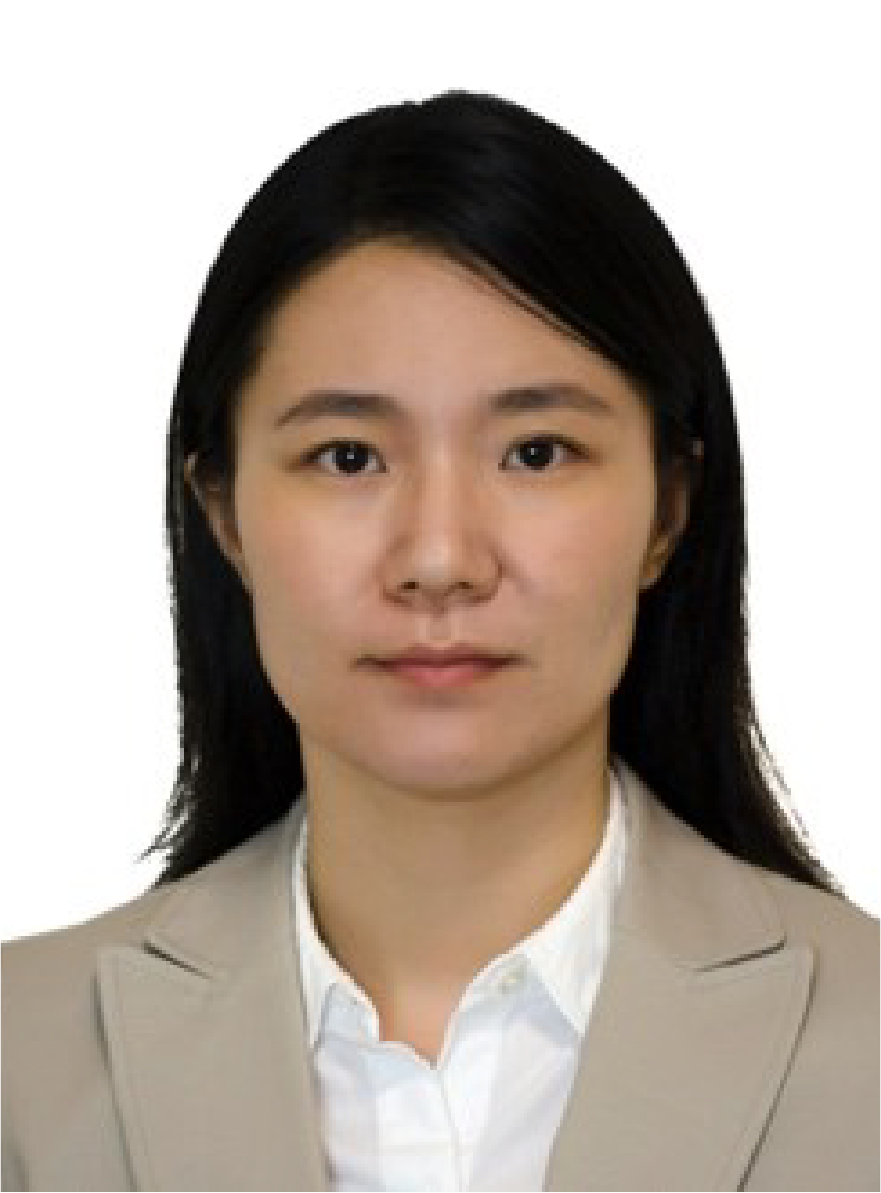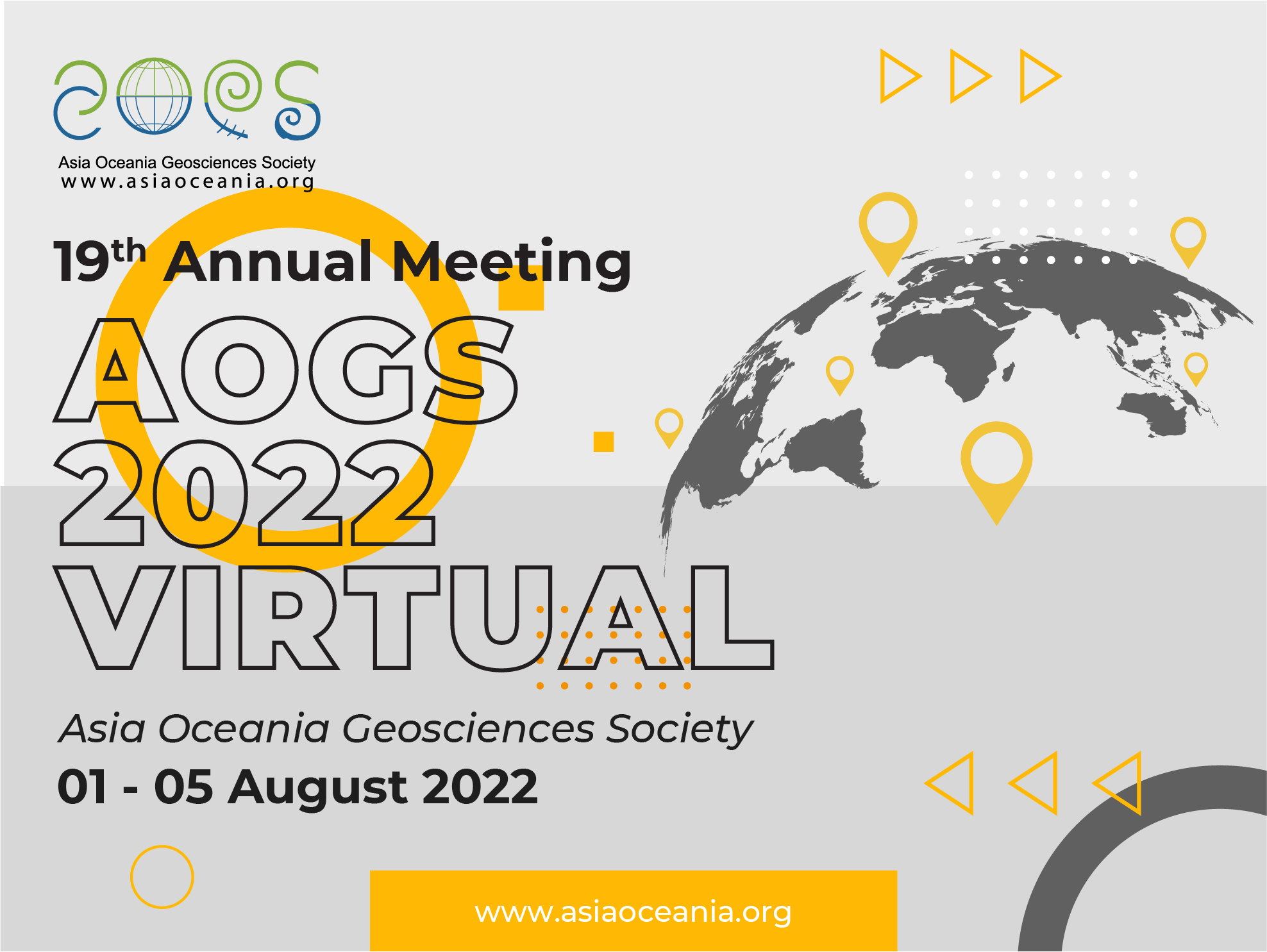
Lulu ZHAO
Program uses Singapore Time and is 8 hours ahead of GMT
ST Kamide Lecture/Live Q&A Tue-02 Aug 08:00 – 08:45
Toward a Systematic Understanding and Forecasting of the Solar Energetic Particles
Radiation hazards caused by solar energetic particle (SEP) events are of great concern for space exploration. SEPs are suggested to be accelerated to high-energy either by magnetic reconnection-driven processes in solar flares or by shocks driven by coronal mass ejections (CMEs). Radiation intensity at any location in interplanetary space also depends on how SEPs propagate through the coronal and interplanetary magnetic fields.
In this presentation, I will introduce a data-driven and self-consistent SEP model, SOFIE (Solar-wind with Field-lines and Energetic-particles), to simulate the acceleration and transport processes of energetic particles using the Space Weather Modeling Framework (SWMF). In this model, the background solar wind plasma in the solar corona and interplanetary space is modeled by the Alfven Wave Solar-atmosphere Model(-Realtime) (AWSoM(-R)) driven by the near-real-time hourly updated magnetogram. In the background solar wind, the CMEs are launched employing the Eruptive Event Generator using Gibson-Low configuration (EEGGL), by inserting a flux rope estimated from the free magnetic energy in the active region. The acceleration and transport processes are then modeled by solving the transport equations The capability of SOFIE to demystify the acceleration processes by the CME-driven shock in the low corona and the modulation of energetic particles by the solar wind structures will be discussed. Besides, using selected historical SEP events, the progresses toward a faster-than-real-time prediction of SEPs will be shown.
Not only physics-based forecasting tool, physics-informed machine learning methods to predict SEPs will also be discussed. The application of the machine learning techniques is inspired by the statistical studies on the correlation between the occurrence (or peak proton intensity) of SEPs and the strength of solar eruptive events (solar flare intensity and CME speed). Furthermore, physical quantities (SMARP and SHARP) derived from the magnetogram measurement of the active region also show potential forecasting capability for the occurrence of solar eruptive events. In addition, models derived using machine learning techniques also provide inputs to the physics-based model, by suggesting the physical parameters needed when modeling the background solar wind plasma and estimating the parameters of the magnetic flux ropes placed at active region.
Dr. Lulu Zhao is an assistant research scientist in the Department of Climate and Space Sciences and Engineering at University of Michigan. She received her bachelor’s degree at Peking University and received her PhD degree at the University of Alabama in Huntsville in 2015. She worked as research professional at Florida Institute of Technology from 2015 to 2020. Her research includes modeling the fundamental acceleration processes of solar energetic particles in the shock systems driven by coronal mass ejections and the transport processes of energetic particles, with energies ranging from a few keV to GeV, in the solar system. To mitigate the radiation hazard caused by the high-energy components of solar energetic particles, she is now leading projects in forecasting the radiation environment in the near-earth and inner heliosphere environment using both physics-based and machine learning approaches.

Lulu ZHAO
Department of Climate and Space Sciences and Engineering,
University of Michigan
